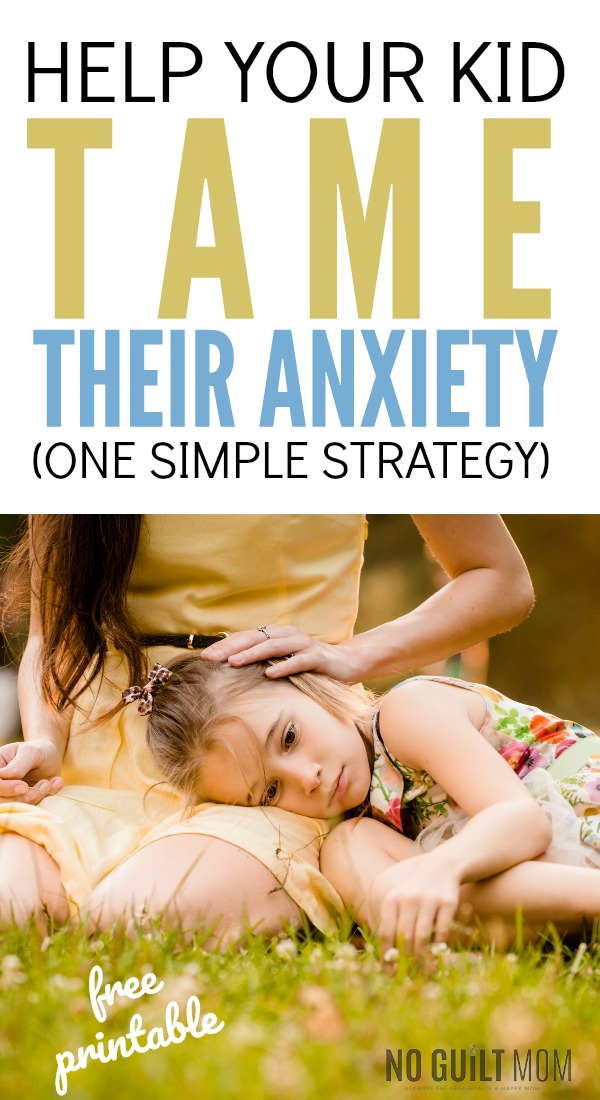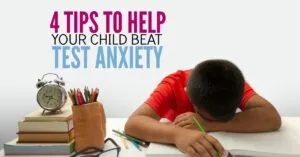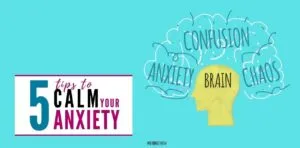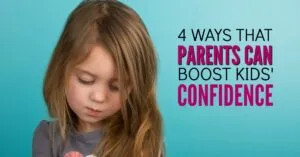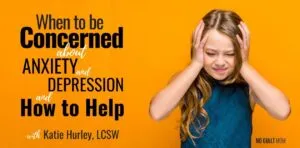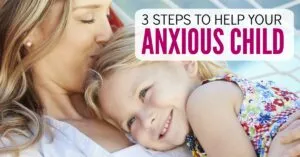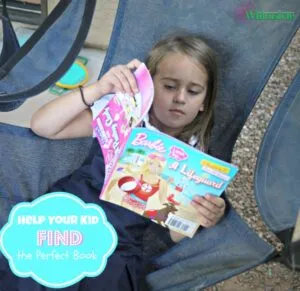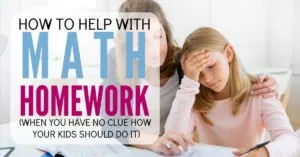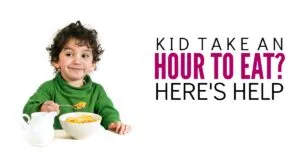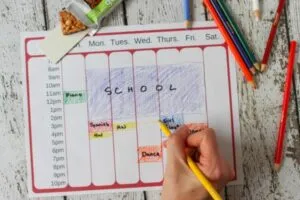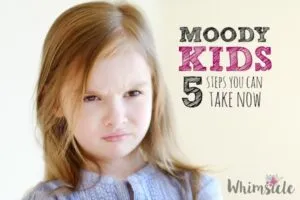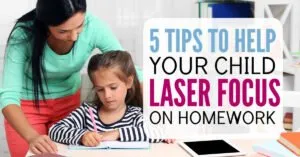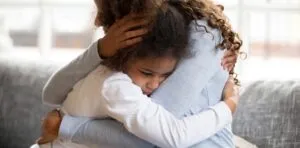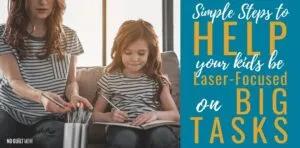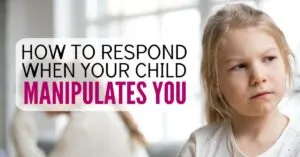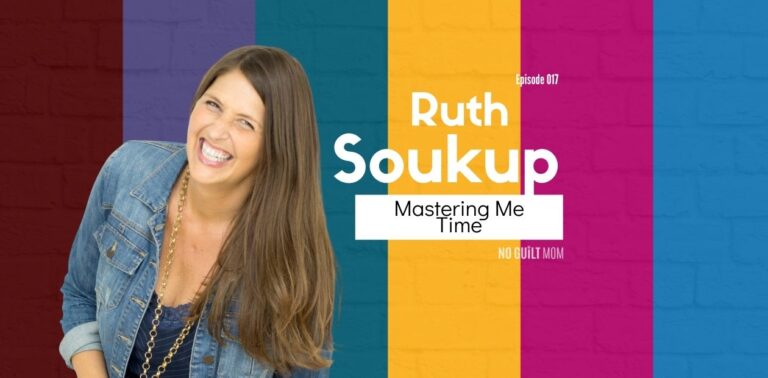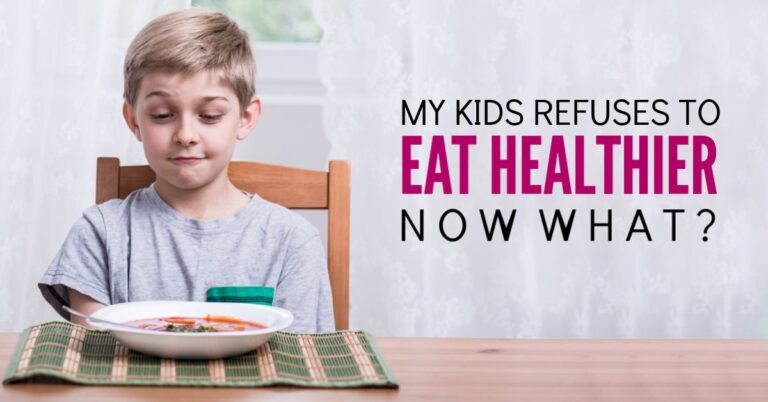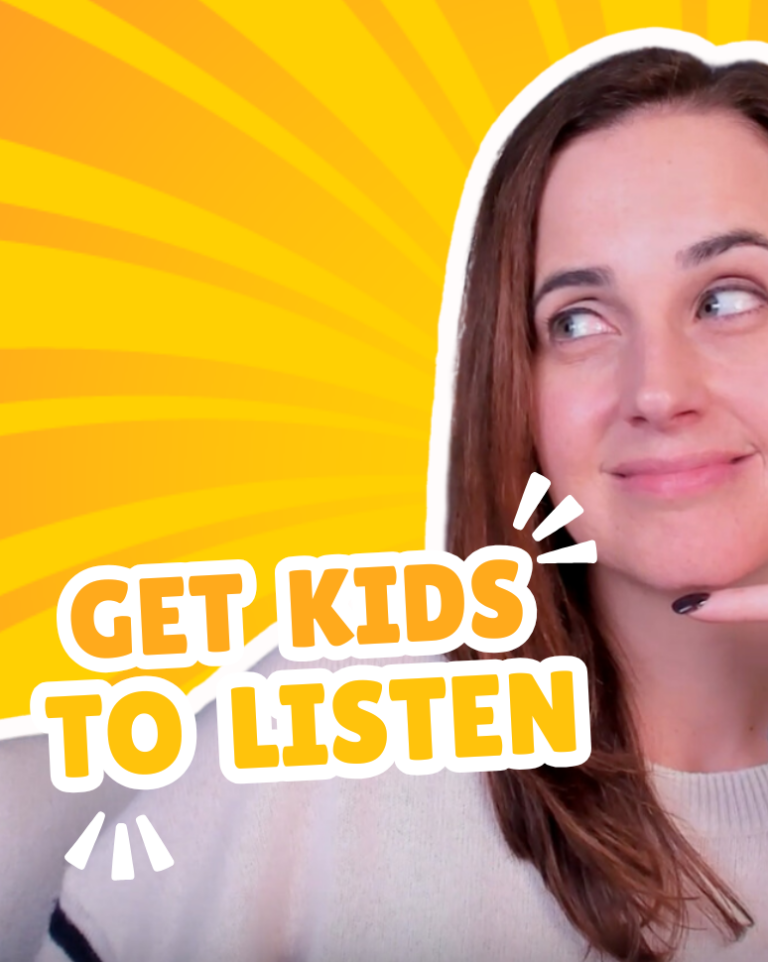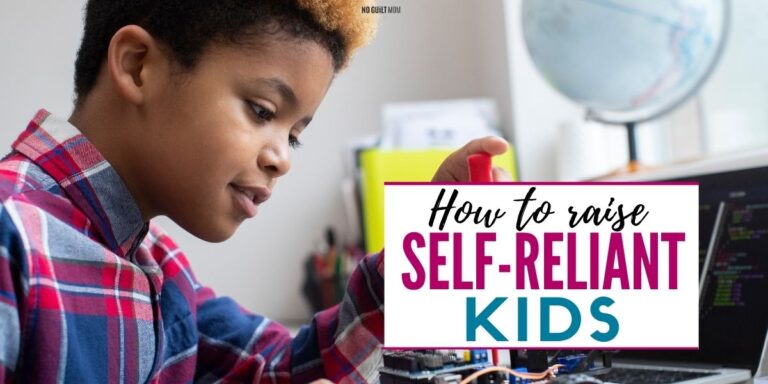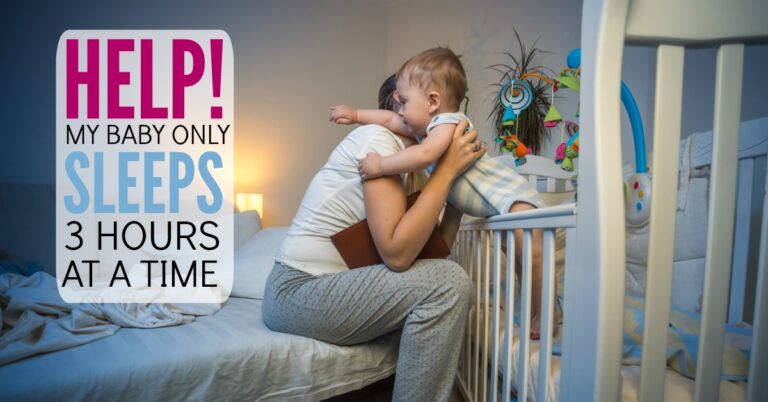Help Your Child Tame Anxiety with this Simple Tip
Stuck on how to help your child with anxiety? Once they learn this simple strategy, they can use it over and over again to calm them down when the worries creep in.
“Mom, are you sure that we’re allowed to wear free dress today?”
My daughter asks me for the tenth time that morning.
“Yep, I’m sure.”
“But, how do you know? Are you positive?” she continues.
“Yes, very sure. Let’s go to school.”
I can see her twisting her fingers in the passenger’s seat. As we approach her school, she leans to the side window and touches her nose against the window glass.
I imagine she’s scanning the kids on the playground to make sure they are uniform-free as well… which they are.
Only then do I see her shoulders soften and she releases the breath she’s held in.
I’m sure you know of a child who seems to worry about everything – things that we adults see as insignificant details.
What can we do to help child anxiety and soothe our anxious kids?
Know that anxiety can be worthwhile
Let’s be clear. I constantly need to work on my own mental health.
I’ve seen a psychiatrist for the past few years to treat my depression and have been in and out of counselors’ offices since I became a parent.
(Not that parenting did it to me. Rather, becoming a parent was the push I needed to finally seek help)
Mental health takes work.
Especially because there is evolutionary need for worries.
In our hunter and gatherer stage – where we humans lived off the land and slaughtered wild creatures – we used our anxiety to keep us alive.
But then, it made since to be on high alert since we might have become the main course at any second.
Now, constant anxiety doesn’t serve us much good.
When we see it in our kids, our first instinct is to calm them down. That doesn’t always work.
Instead, connect right brain to right brain
FYI: This post contains affiliate links to products I love and recommend. It costs you nothing extra if you purchase through my link, but I may get a small commission.
According to the book, the Whole-Brain Child, the right side of our brains controls all our impulses and strong emotions.
When our child is in the middle of an anxiety spell – such as my daughter agonizing over whether she was allowed to have free dress – our calming reassurances of “It’s ok” or “it’s no big deal” do little good.
Our children can’t even register them because they are in full-scale panic.
Instead, we need to connect right brain to right brain.
Saying stuff like,
- “You are really worried about the other kids wearing they’re uniforms,” or
- “You’re scared. SO NERVOUS about going to school and being the only one out of uniform.”
By listening and connecting to their instinct, their right brain starts to calm down so that the left brain (the logical side) can lean in and take over.
During a calm moment, it’s time to help your child’s anxiety by teaching her the physical signs of irrational thoughts invading.
Notice the signs of anxiety
Being aware of your own emotions is something that MANY, MANY people struggle with.
For instance, I still have trouble deciding if I’m tired or I need a maple bacon donut.
Or when I’m sad do I need a hug to feel better or a caramel frappucino?
You get it.
With emotions, if we can pinpoint the physical symptoms first, we can nab the anxious behavior before it rages out of control.
We can teach our anxious kids that anxiety feel like
- A tight stomach
- Possibly a headache
- A feeling that you want to run away
When they start feeling these symptoms, they can go through a simple mental process I call SIMS.
SIMS stands for:
- Situation
- Interpretation
- Mood
- Story
As soon as they feel anxiety creeping up,
Think about the SITUATION
First you were fine and then something happened and you suddenly felt anxious.
Think back. What happened?
- Maybe it was seeing your school uniform hanging in your closet.
- Perhaps it was getting in the car and pulling your backpack inside.
The event that happened is actually meaningless. It’s what you told yourself at the time that matters. Which brings us to,
What was your INTERPRETATION?
What did you say to yourself when you saw your school uniform?
- Did you tell yourself you are often forgetful and perhaps you didn’t remember the free dress day right?
- Did you doubt your own memory?
- Were you concerned you would look stupid if you were not in your uniform?
Here’s the big point.
You ready?
It’s not the SITUATION it’s how you INTERPRETED it that made you feel anxious.
What was your MOOD?
This one helps our kids become more aware of how our thoughts influence our feelings.
Name the feeling.
If you told yourself you were always forgetful, did you feel:
- Sad?
- Worthless?
- Stupid?
Now, we’re going to flip the script.
Tell yourself a new STORY
By changing our kids’ inner dialogue into something more positive, they will see their mood change as well.
For instance, instead of focusing on how forgetful you are. You can say,
“I wrote free dress day down in my calendar and I just talked with my friend about it yesterday.”
Or,
“If I did get free dress day wrong, I’ll just bring a uniform shirt with me in the car so I can change quickly”
Now, ask your kid’s how their new story makes them feel.
Probably better.
Free Printable for helping kids with anxiety
Writing (or drawing) is a powerful way to help SIMS stick.
I’ve made you this free journal sheet where kids can write or illustrate their way through the SIMS process.
Grab yours HERE.
Anxiety Relief for Kids
Once kids practice using SIMS regularly, they will learn to pinpoint their own negative thoughts quicker and turn them around before they turn into full blown anxiety.
Seeing your kid an anxious wreck is horrible for any parent.
You got this, mama! You and your child will persevere.
Want to go further? Come read more about helping your child (and you) with anxiety:
-
- 3 Steps to Help Your Anxious Child
- One Life-Changing Tool for your Child Who Worries Too Much
- 4 Tips to Help Your Kid Conquer Test Anxiety
- When You Need the Positivity: My Struggle with Anxiety
- How to Help a Shy Child – 4 tips parents can use anywhere
- 5 Simple Steps To Teach Your Child How to Make Friends

